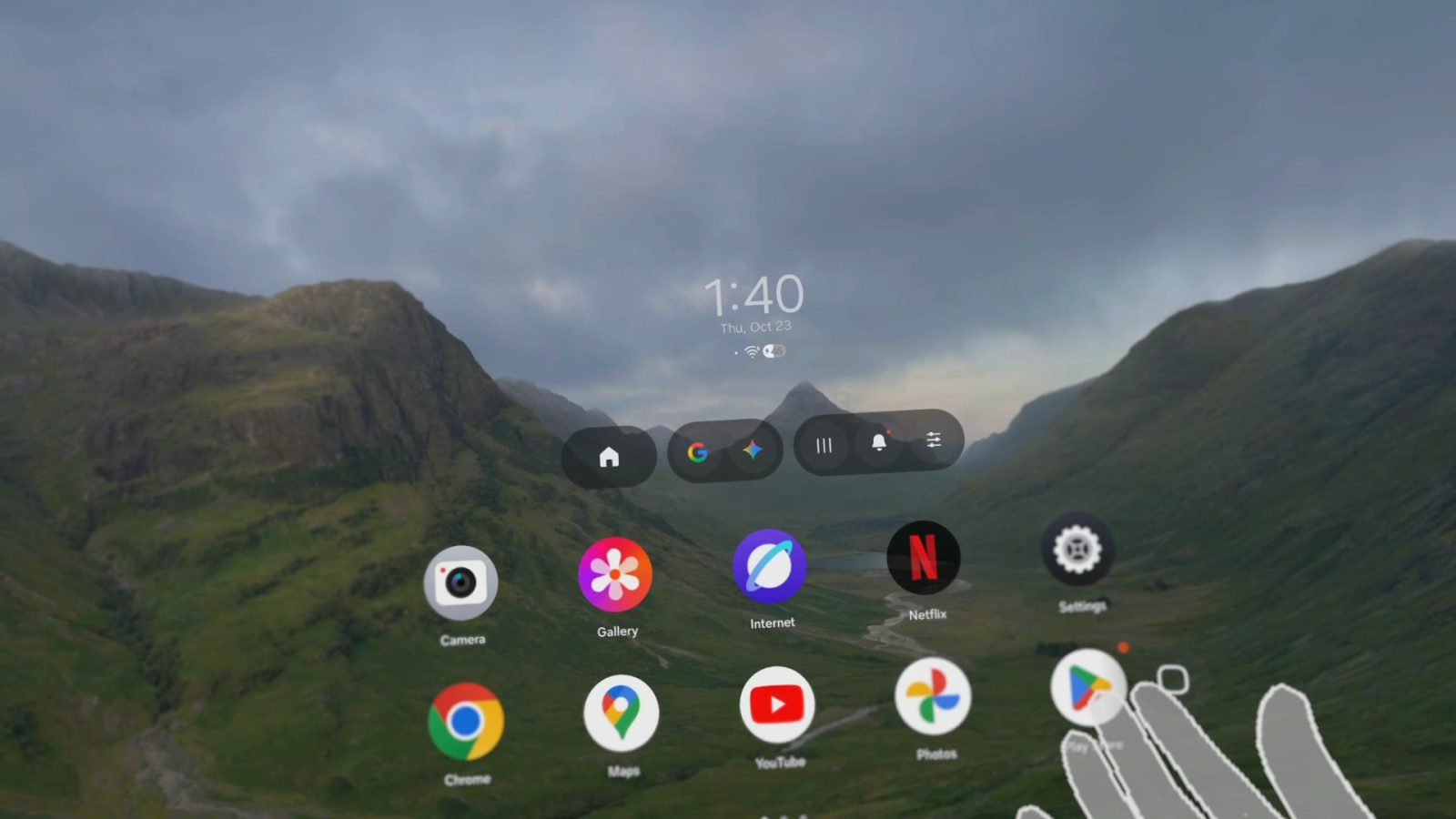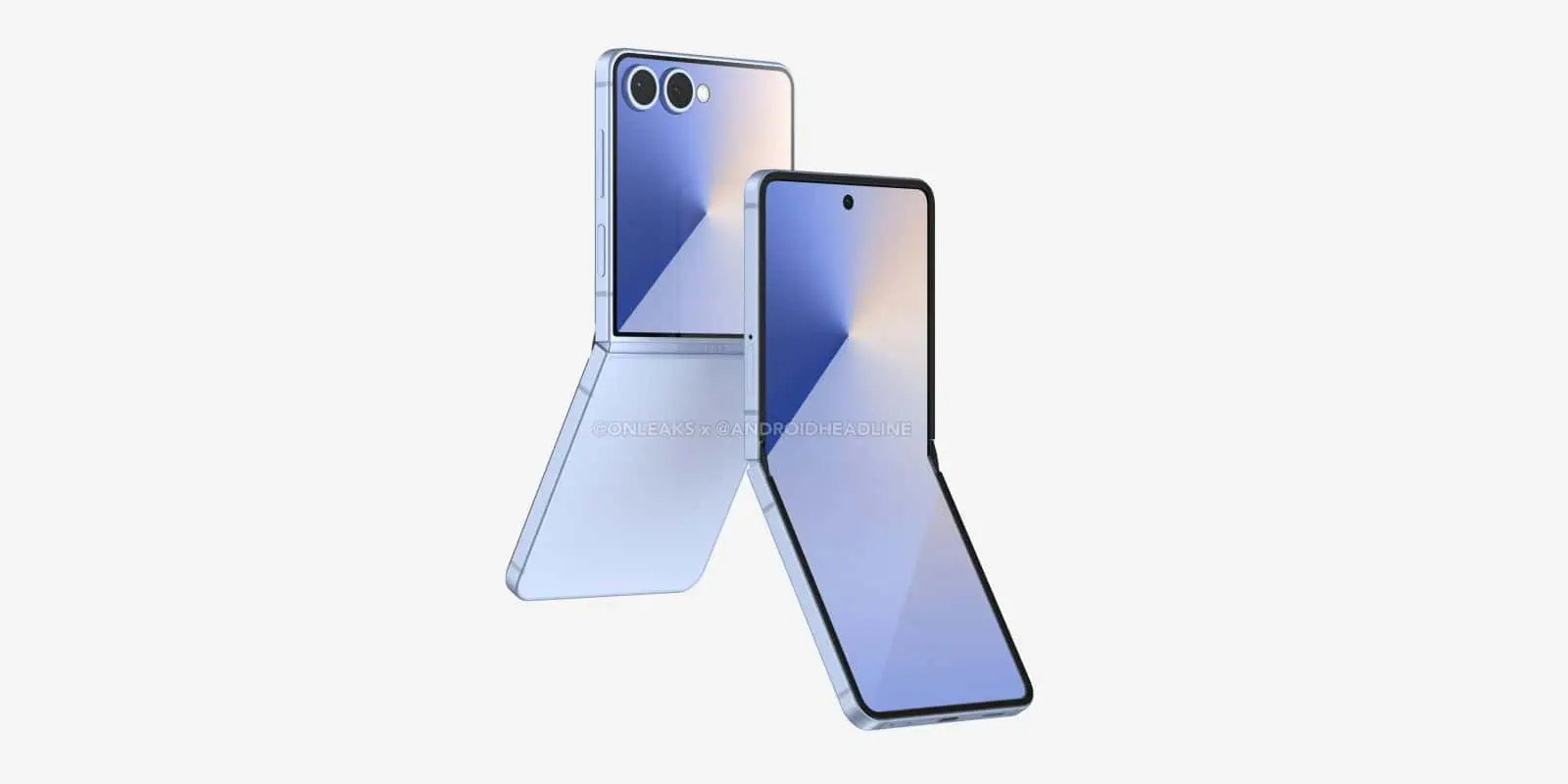Samsung’s Galaxy XR headset marks a significant milestone in the realm of extended reality (XR) devices, seamlessly integrating the company’s proprietary One UI interface into the Android XR platform. This fusion offers users a familiar and cohesive experience, bridging the gap between Samsung’s mobile ecosystem and the emerging XR landscape.
Onboarding and Home Interface
The initial setup of the Galaxy XR mirrors that of Samsung’s smartphones and tablets, ensuring a smooth transition for existing users. Upon completion, the home interface allows for the pinning of up to ten applications. By default, the first three slots are occupied by Samsung’s Camera, Gallery, and Internet apps, underscoring the company’s commitment to providing a comprehensive suite of tools tailored for the XR environment.
Application Ecosystem
In addition to Samsung’s native applications, the Galaxy XR comes pre-installed with Netflix, accessible through a streamlined version of the Galaxy Store. This specialized store currently offers a curated selection, including two Samsung apps and the Netflix application, and is designed to be lightweight and efficient, aligning with the performance requirements of XR devices.
Samsung and Google App Integration
The Galaxy XR thoughtfully incorporates both Samsung and Google applications, offering users flexibility and choice. This dual integration ensures that users can select their preferred applications for various tasks, enhancing the overall user experience.
User Interface Elements
The device’s interface is adorned with familiar One UI elements, such as the Wi-Fi indicator that displays the current Wi-Fi version and a pill-shaped battery indicator accompanied by a percentage readout. Samsung Keyboard is set as the default input method, though users have the option to switch to Gboard if desired.
Quick Settings and Controls
Accessing the Quick Settings menu reveals a suite of tiles reminiscent of those found on Samsung smartphones. These include controls for microphone access, Smart View, screenshot capture, PC Link, screen recording, Do Not Disturb mode, and Dark Mode. The media controls, power menus, volume sliders, notifications, and multitasking interfaces are all consistent with the One UI design language, providing a cohesive and intuitive user experience.
Navigation and Settings
The Galaxy XR employs a three-button navigation system, featuring back, home, and recent apps buttons styled in the Samsung aesthetic but arranged in Google’s traditional order. The Settings app is a direct port from Samsung’s mobile devices, complete with the Advanced Features menu where users can access Bixby and Galaxy AI functionalities, such as Note and Browsing Assist.
Device Integration and Continuity
To enable seamless integration between a user’s smartphone and the Galaxy XR, Samsung offers the Galaxy XR app, available through the Galaxy Store. This application facilitates features like mobile notifications on the XR headset. However, it’s important to note that this integration is optimized for Samsung smartphones, and functionality may be limited or unavailable on devices from other manufacturers.
Messaging Experience
The inclusion of Google Messages in the form of a Progressive Web App (PWA) with optional QR code sign-in is a noteworthy aspect of the Galaxy XR’s software suite. While this approach offers basic messaging capabilities, it may not provide the most seamless experience within the XR environment, highlighting an area for potential improvement in future updates.
Conclusion
The Galaxy XR’s deep integration of Samsung’s One UI into the Android XR platform exemplifies the company’s dedication to delivering a unified and user-friendly experience across its device ecosystem. By incorporating familiar applications, interface elements, and settings, Samsung ensures that users can navigate the XR environment with ease and confidence. As the XR landscape continues to evolve, Samsung’s approach positions the Galaxy XR as a compelling option for consumers seeking a harmonious blend of extended reality and the trusted One UI experience.



